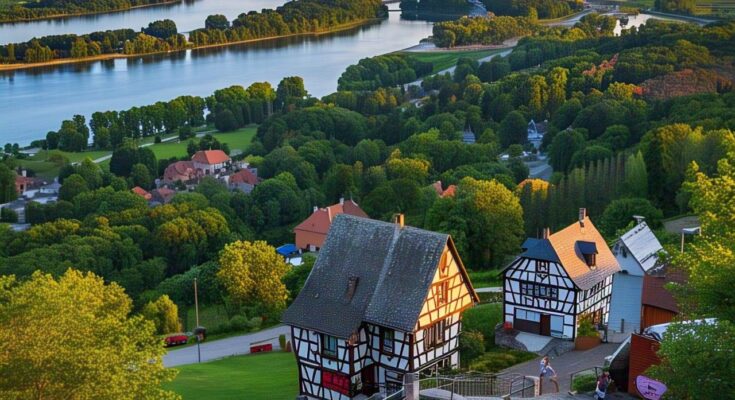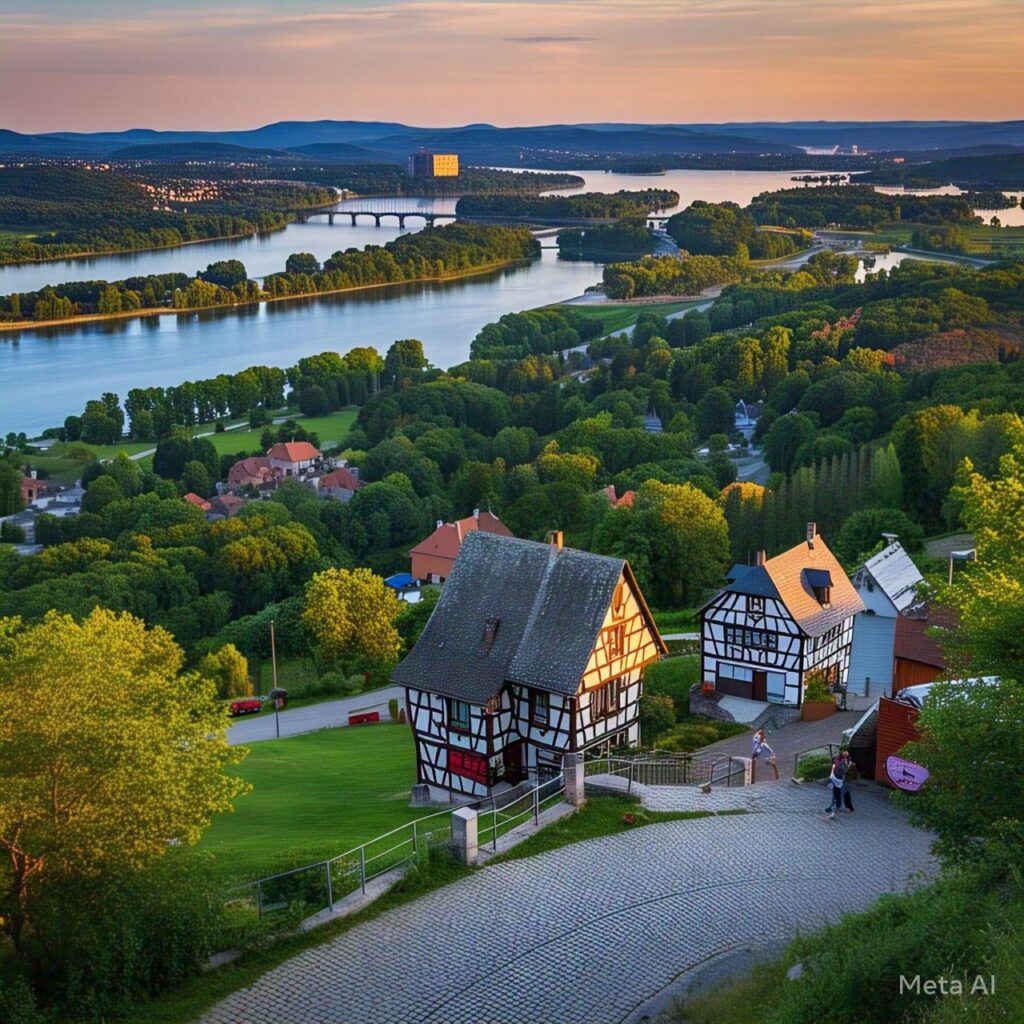
Prior to arriving at Stade as part of my schedule along the German Half-Timbered Houses Route, I had only a hazy understanding of the Hanseatic League. In fact, this incredibly charming city in Lower Saxony, close to the North Sea, was a major player in the medieval commercial confederation.
And even though Hamburg eventually overtook it, Stade remained a significant seaport on the Elbe River.
For the modern visitor, this past prominence can only suggest two things: 1. Stade was important enough to serve as an administrative hub, and 2. It was wealthy enough to construct magnificent and elaborate structures thanks to a variety of trades.
To describe my excitement at the beginning of my German Timber-Frame road journey in Stade as impressed would be an understatement.
First-time visitor to Stade

The medieval canal in Stade
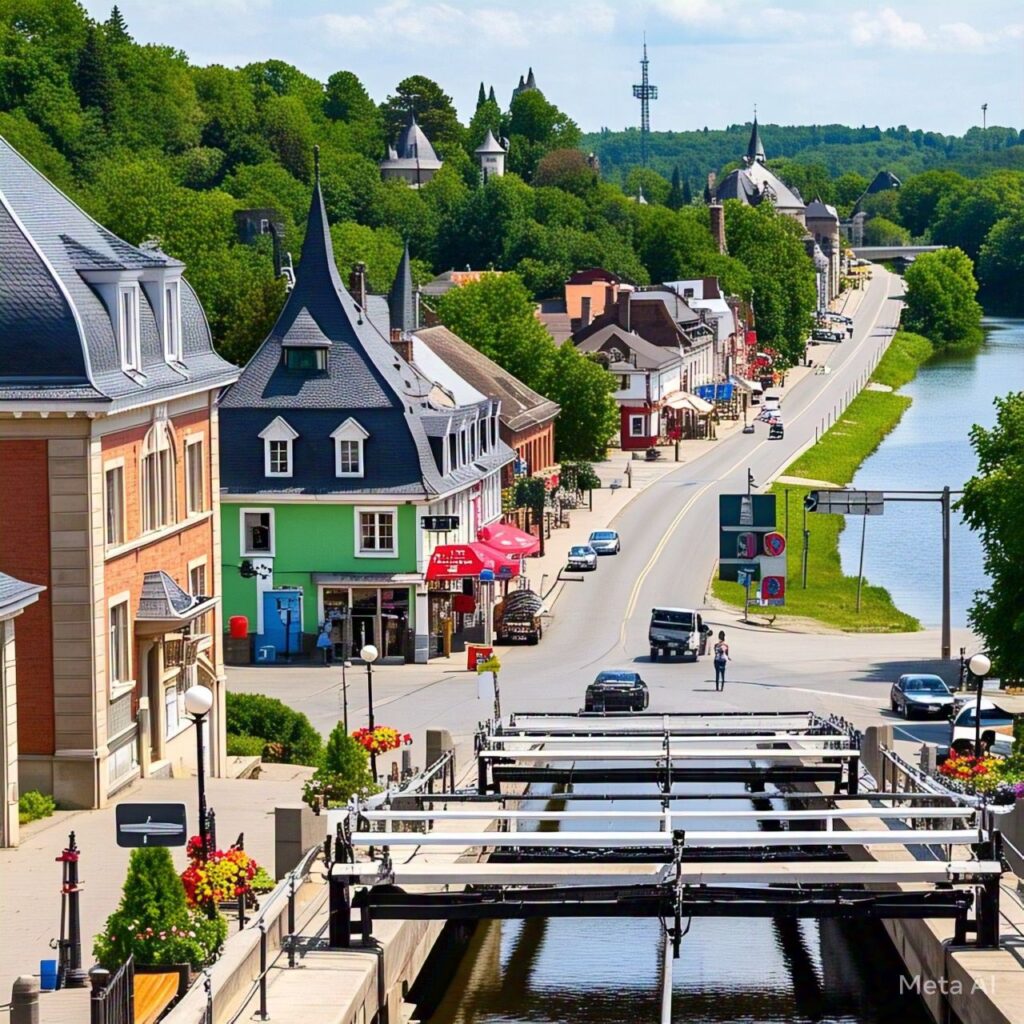
The main street

A lovely image!
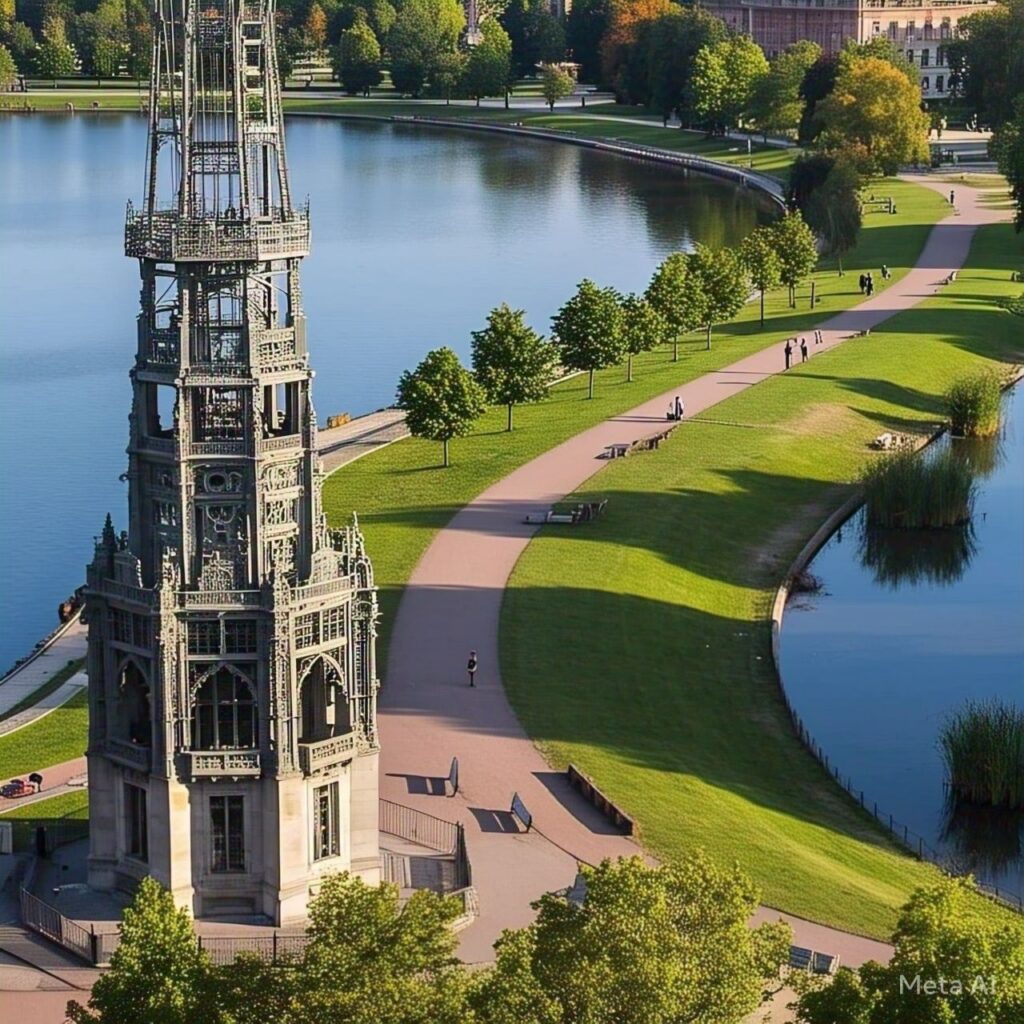
The ancient hoist of Stade
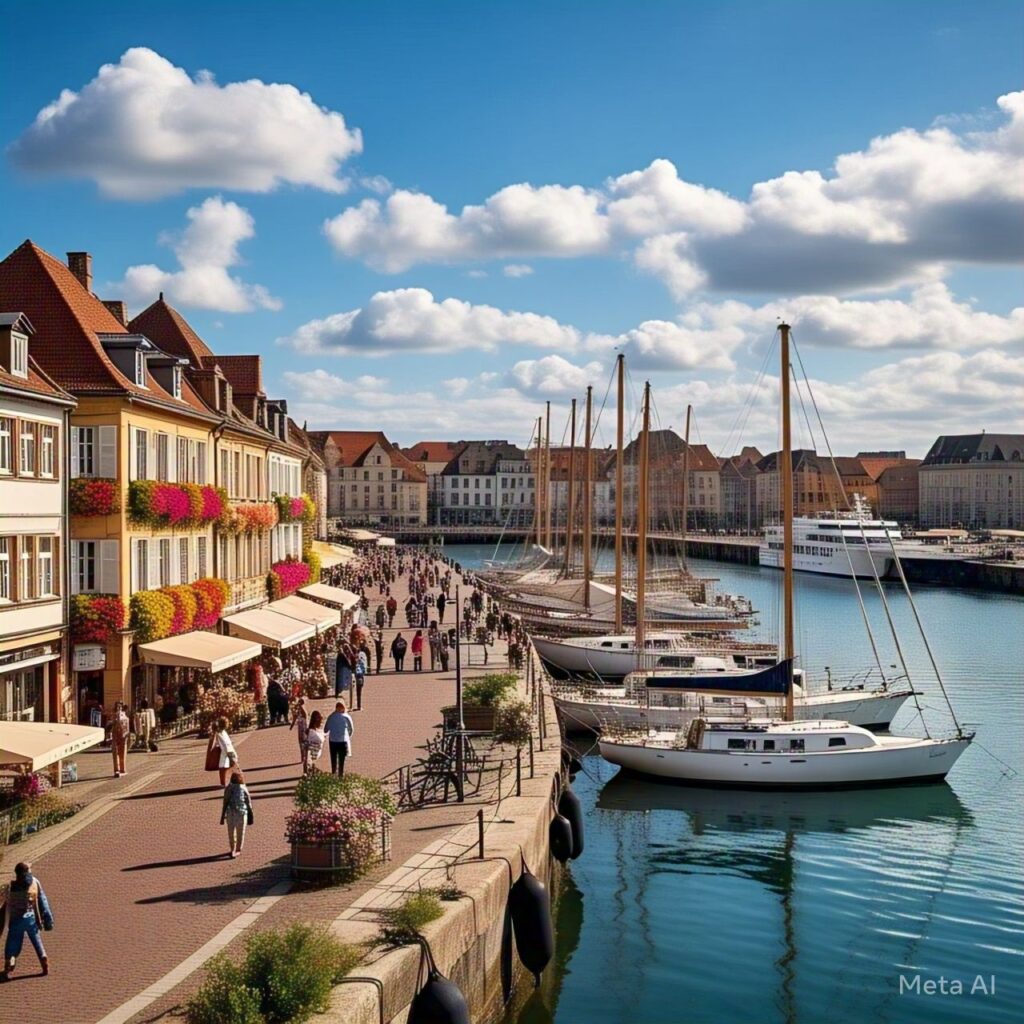
A view of Stade’s historic harbor
Even though my tour was amusing, I found it difficult to take my eyes off the stunning Hanse-harbour in the above photo. I was aware that I wanted to tour other areas of Stade, but what truly caught my attention was the canal and the old wooden box.
These are the lovely, intriguing, physics-defying homes I had yearned for, and that is why I traveled to Germany. As soon as I was able to look away from this breathtakingly gorgeous row, I realized that Stade does have a few tricks up its sleeve.
The town as a whole exudes the same old-world charm, even if the most picturesque buildings are naturally found near the coastline. The big difference is that, once you dare venture into the narrow passageways, you, your camera, and these towering beauties are the only people there.
Do not mind if I do.
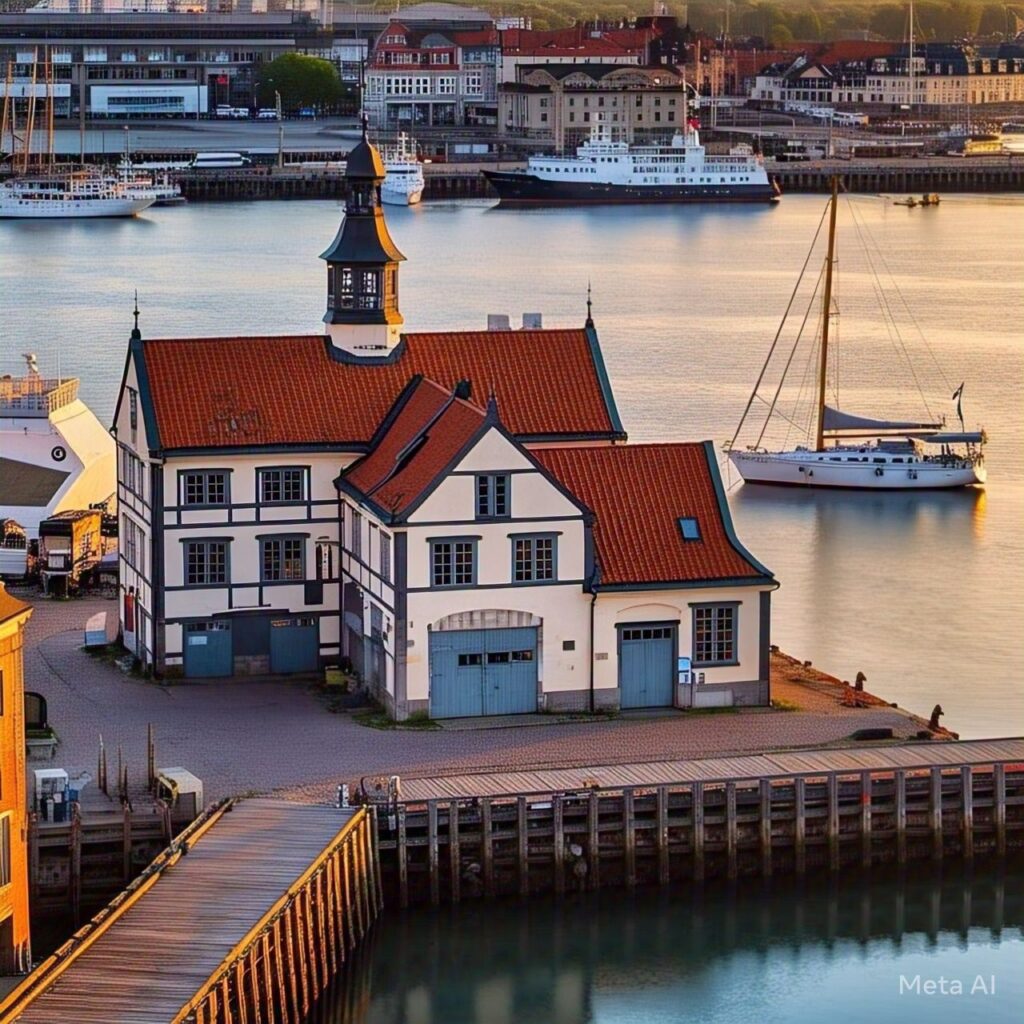
The storehouse in Sweden

A view of Stade’s historic harbor

The stage ♥
Although the city was first formally mentioned in 994, the first human settlers arrived in the Stade area in 30,000 BC. The little hammock quickly became a significant marine hub due to its advantageous location on the Elbe River. However, envious invaders could never be secure on such a magnificent piece of land. Consequently, Stade was ruled by Germany, Denmark, and Sweden on multiple occasions. In fact, the Swedish Warehouse, which was recently converted into a museum, is one of the town’s most popular attractions.
Since the establishment of the commercial and defensive confederation of merchant guilds in the fourteenth century, Stade has been a Hanseatic town. Furthermore, for many centuries, it was one of the most significant trading hubs in the North, which helps to explain why the town has so many luxurious homes.
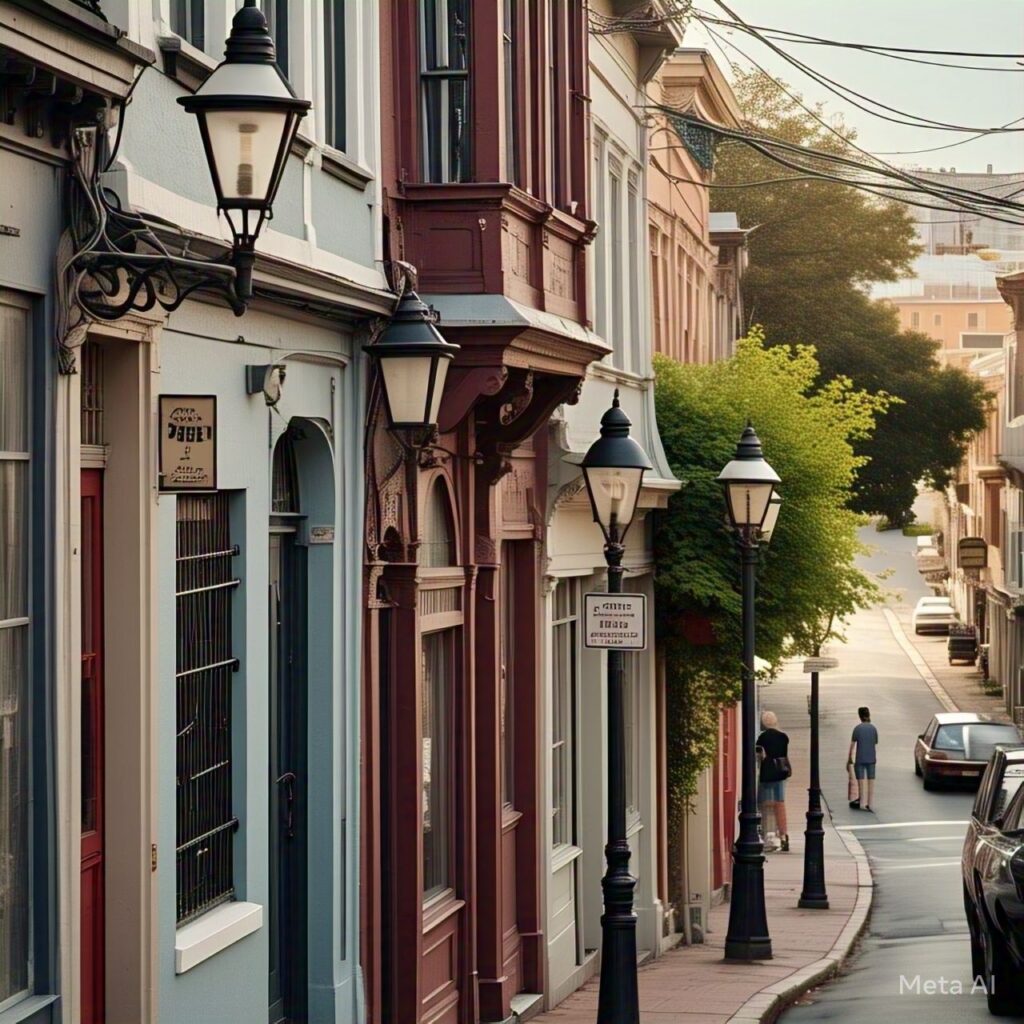
Quiet side streets
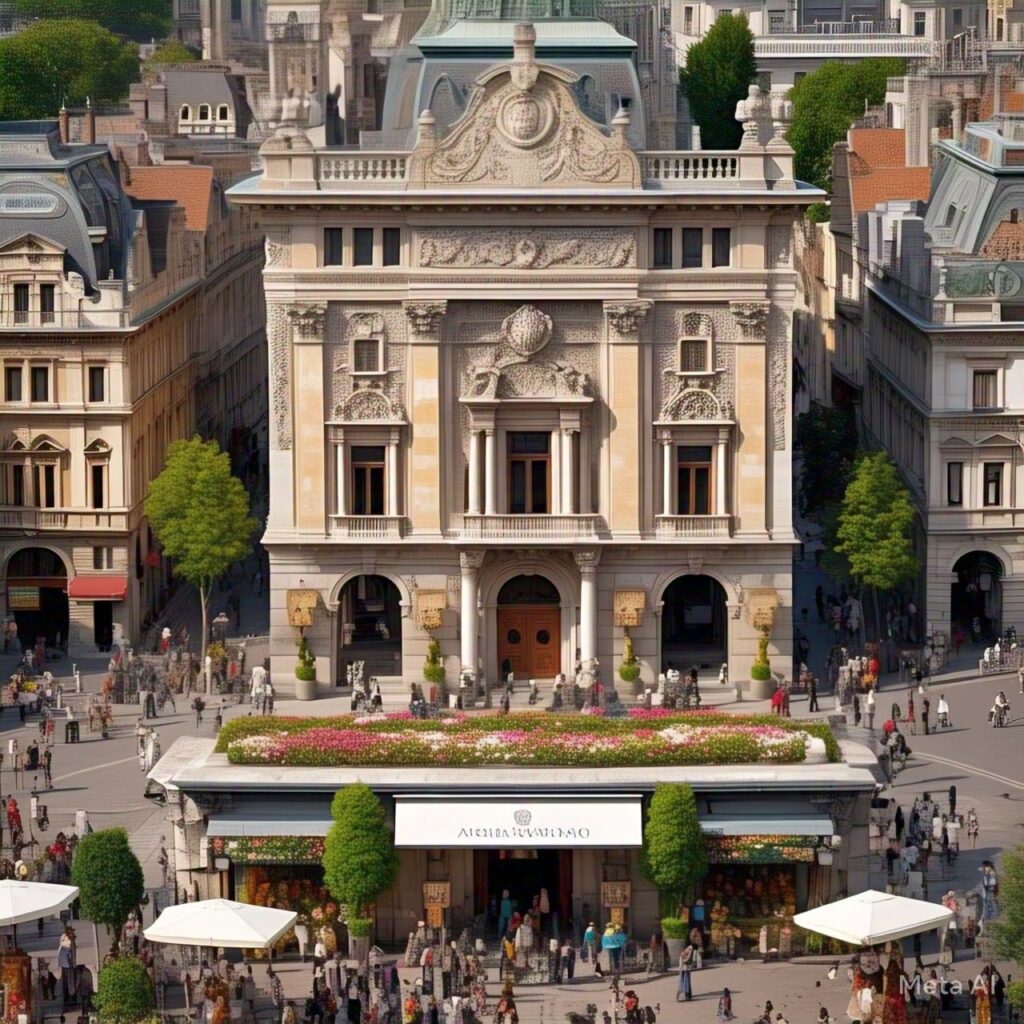
Wonderful façades
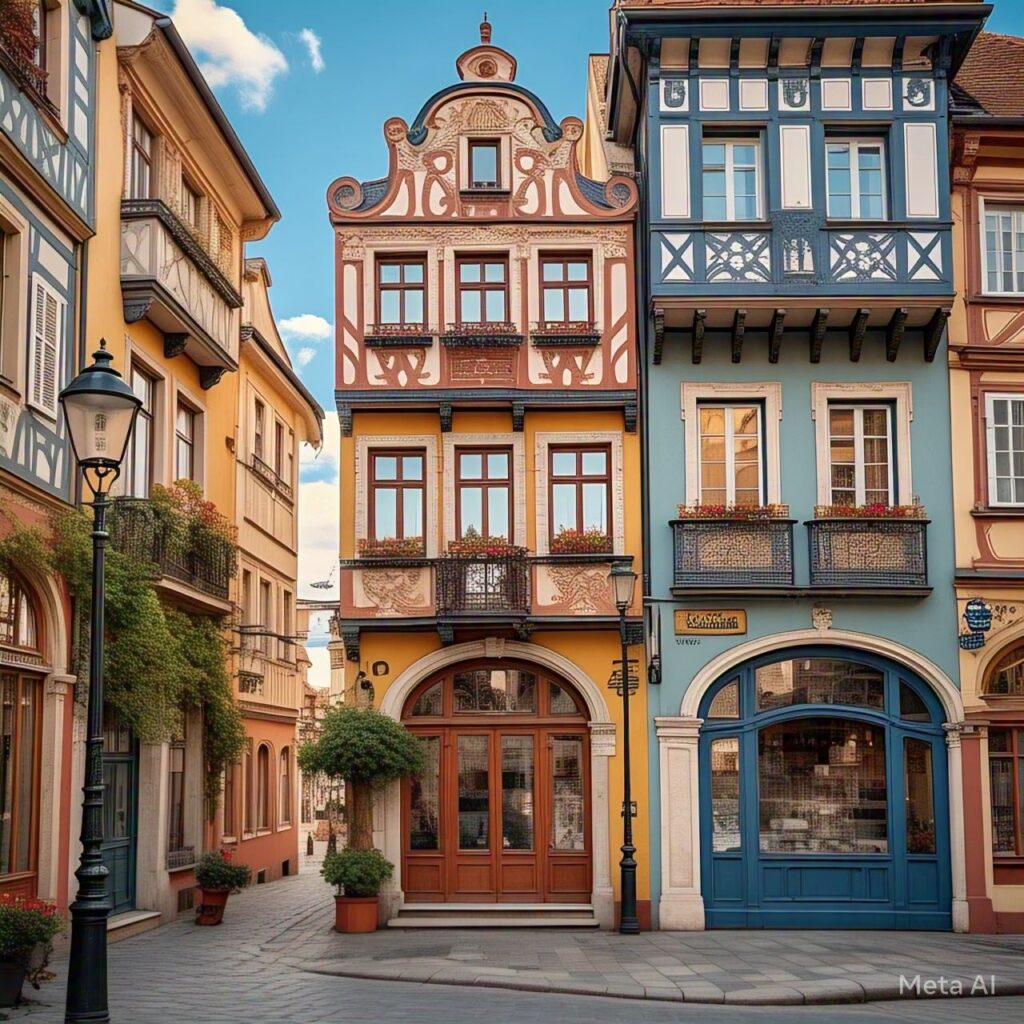
Isn’t it adorable?
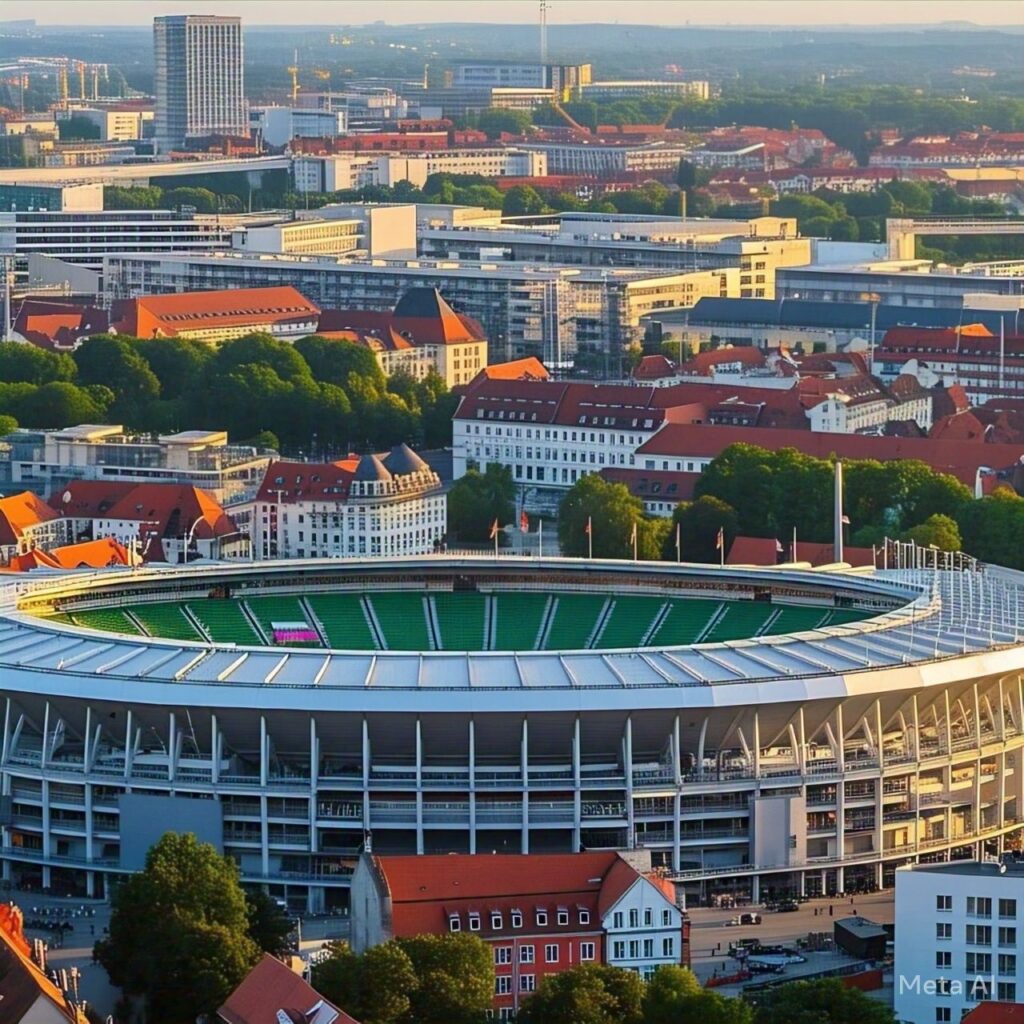
Germany’s Stadium
Traveling to Altes Land for the day
I had no idea that I would be traveling to the largest contiguous fruit-producing region in Central Europe, which covers an area of more than 143 square kilometers, after leaving Stade. The Altes Land, which translates to “old country” in German and relates to the period when the area was settled by Dutch people, is far from being a region of monotonous agricultural land; on the contrary, it is home to magnificent orchards and beautiful farmhouses.
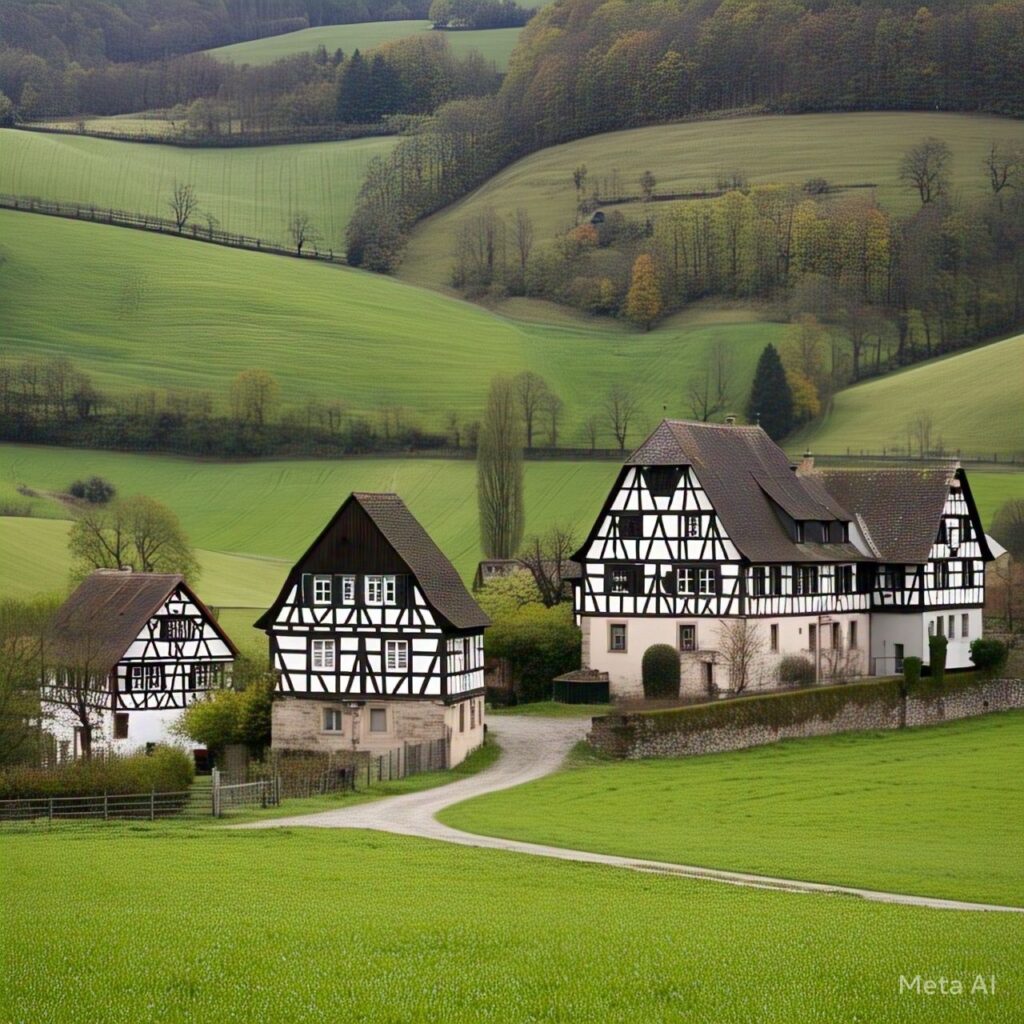
Germany’s historic farmhouses
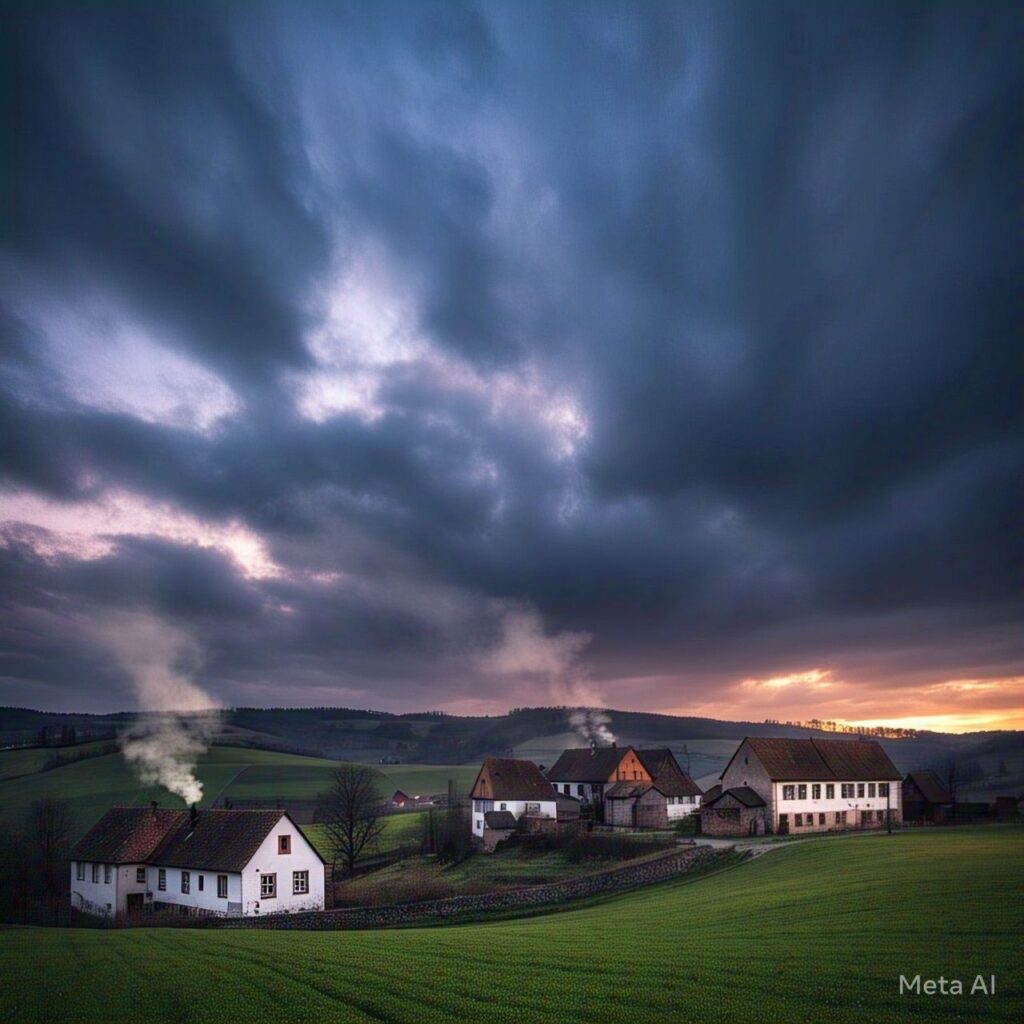
Overcast skies
The apple and cherry trees were in full bloom, so my tour guide, Frank, was quite eager to show me around. I had just returned from Japan a few weeks earlier, so I wasn’t expecting many blooming trees—how much better could it go, I reasoned?—but I was blown away by the area’s beauty and peace.
Another big plus was that I wasn’t pushed around for pictures by throngs of hurried Japanese families.
I was on the national Half-Timbered Houses route, so believe me when I say that the half-timbered farmhouses I saw in Altes Land were nothing like the ones I am used to in North America!
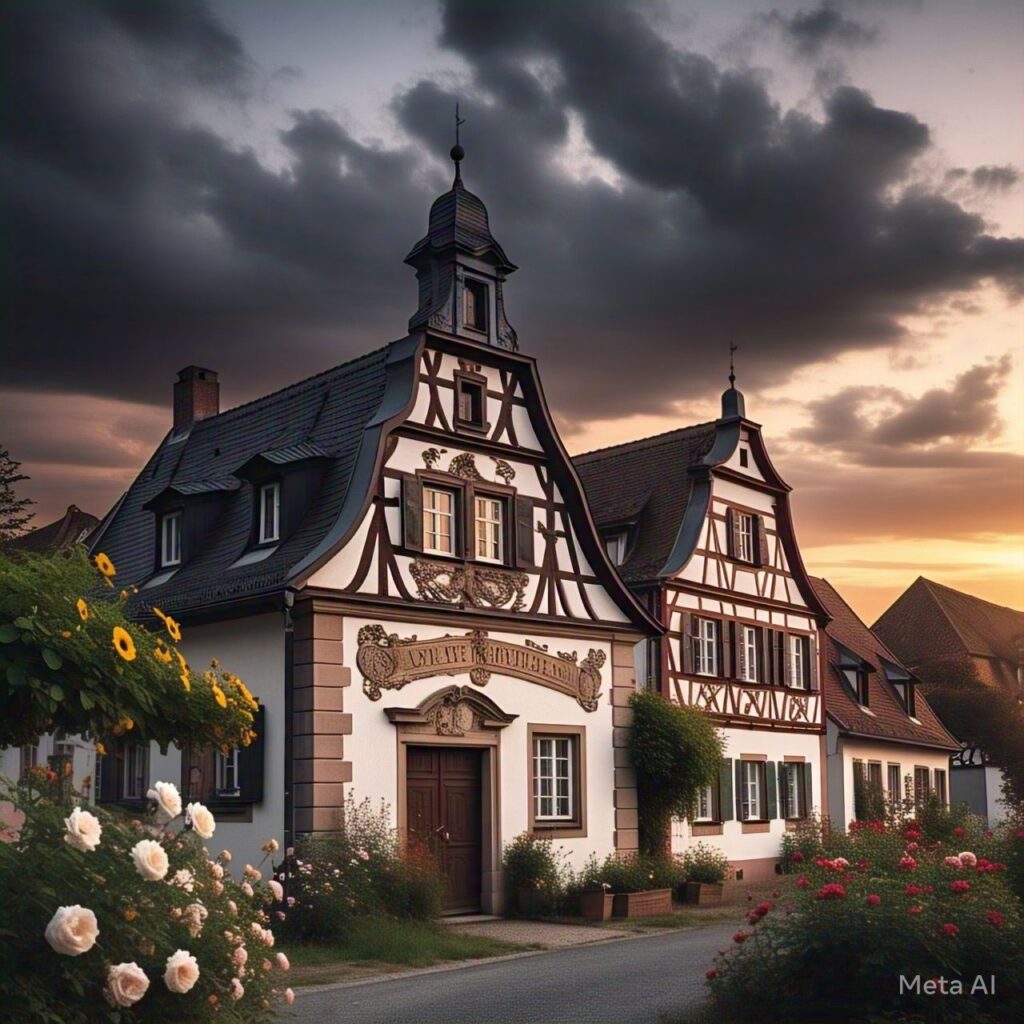
The area is well-known for its Marschhufendörfer, a distinctive kind of community where the land is directly behind the farmyards, which are usually only a few meters off the main street. These homes, known in German as Fachhallenhaus, are often thatched roofed and renowned for their intricate entrances and lavishly decorated façades; naturally, the wealthier the family, the more extravagant the home. While the lintel provided the name of the builder, the year the home was constructed, and a saying that best reflected the family’s ideals, decorative carvings and mottos were typically found as inscriptions over the entryway.
I was astounded to learn how much a single look may reveal about a home’s past!
It’s helpful to know that Stade in Germany and Alte Land
Stade is accessible by train and automobile and is only an hour northwest of Hamburg.
The Altes Land is accessible by automobile and is only a short drive from Stade. However, if you’re a serious biker, I advise you to choose a bike trip.
The Swedish Warehouse, the Church of Saint Cosmae, the wooden crane, and the Hansa Harbor are some of the must-see locations in Stade. Explore Old Stade’s streets.
